Rising Health Consciousness
The increasing awareness of health and fitness among consumers appears to be a primary driver for the Athletic Sock Market. As individuals prioritize physical activity, the demand for specialized athletic gear, including socks, has surged. Reports indicate that the fitness apparel market is projected to grow at a compound annual growth rate of approximately 6.5% over the next few years. This trend suggests that consumers are not only investing in gym memberships but also in high-quality athletic wear that enhances performance. Athletic socks, designed for comfort and support, are becoming essential for athletes and fitness enthusiasts alike. The focus on health and wellness is likely to continue influencing purchasing decisions, thereby propelling the Athletic Sock Market forward.
Growth of E-commerce Platforms
The rise of e-commerce platforms is transforming the retail landscape for the Athletic Sock Market. With the convenience of online shopping, consumers are increasingly turning to digital channels to purchase athletic socks. Data suggests that online sales of athletic apparel, including socks, have seen a significant uptick, with estimates indicating a growth rate of over 15% in the coming years. This shift towards e-commerce is driven by factors such as ease of access, a wider variety of products, and competitive pricing. Retailers are adapting their strategies to enhance online visibility and improve customer experience, which is likely to further boost sales in the Athletic Sock Market. As more consumers embrace online shopping, the dynamics of the market are evolving, presenting new opportunities for brands.
Influence of Athleisure Trends
The growing popularity of athleisure wear is reshaping consumer preferences within the Athletic Sock Market. Athleisure, which blends athletic and leisure apparel, has gained traction among consumers seeking versatile clothing options. This trend has led to an increased demand for stylish and functional athletic socks that can be worn both during workouts and in casual settings. Market analysis indicates that the athleisure segment is expected to grow at a rate of approximately 8% annually, reflecting a shift in lifestyle choices. As consumers prioritize comfort and style, brands are responding by offering a diverse range of athletic socks that cater to this demand. The influence of athleisure trends is likely to continue driving innovation and sales within the Athletic Sock Market.
Innovative Materials and Technology
Technological advancements in materials and manufacturing processes are significantly impacting the Athletic Sock Market. Innovations such as moisture-wicking fabrics, anti-blister technology, and enhanced cushioning systems are becoming increasingly prevalent. These advancements not only improve performance but also enhance comfort, which is crucial for athletes. The market for performance-enhancing fabrics is expected to expand, with projections indicating a growth rate of around 7% annually. As brands invest in research and development to create superior products, consumers are likely to gravitate towards socks that offer these advanced features. This trend underscores the importance of innovation in driving the Athletic Sock Market, as consumers seek products that align with their performance needs.
Increased Participation in Sports and Fitness Activities
The rising participation in sports and fitness activities is a crucial driver for the Athletic Sock Market. As more individuals engage in various sports, from running to team sports, the need for specialized athletic socks has become apparent. Reports indicate that participation rates in recreational sports have increased, with a notable rise in running and cycling activities. This trend suggests a growing market for products that enhance performance and comfort during physical activities. Athletic socks designed for specific sports are gaining popularity, as they provide targeted support and protection. The increasing involvement in fitness and sports is likely to sustain demand for athletic socks, thereby propelling growth in the Athletic Sock Market.



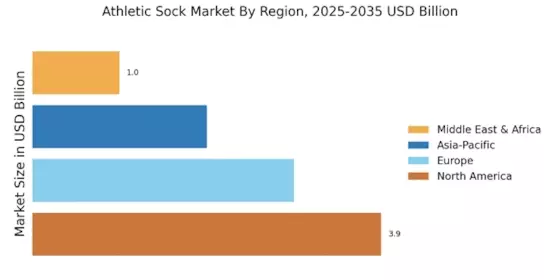
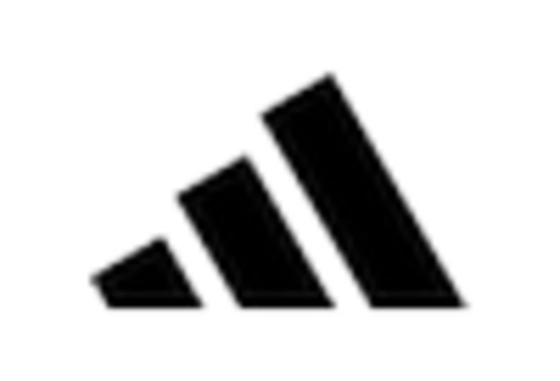
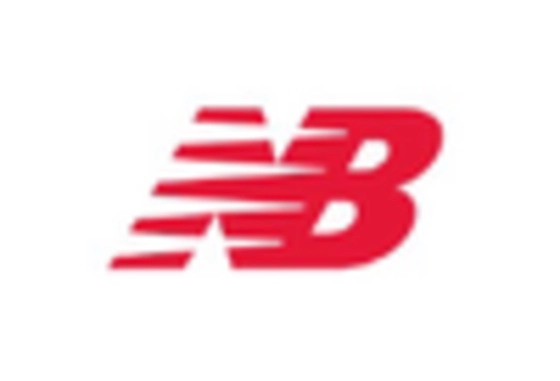
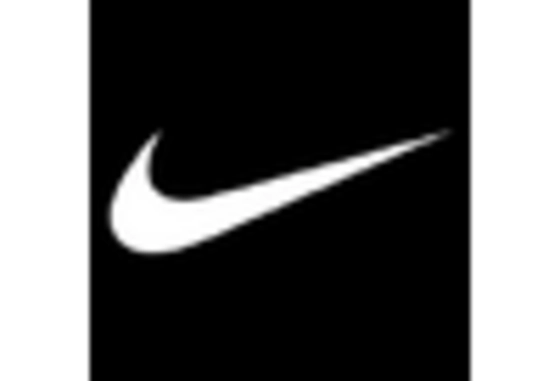
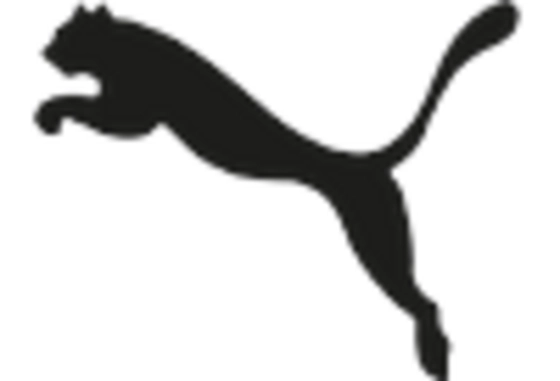

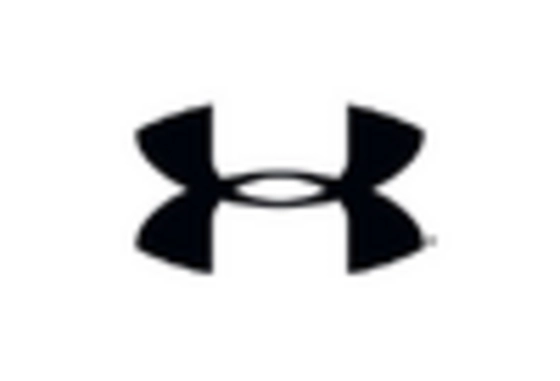








Leave a Comment